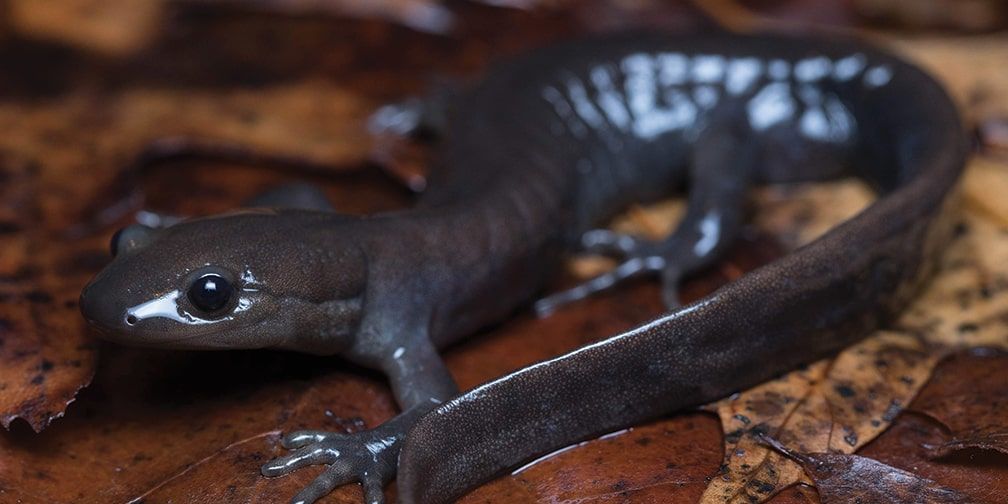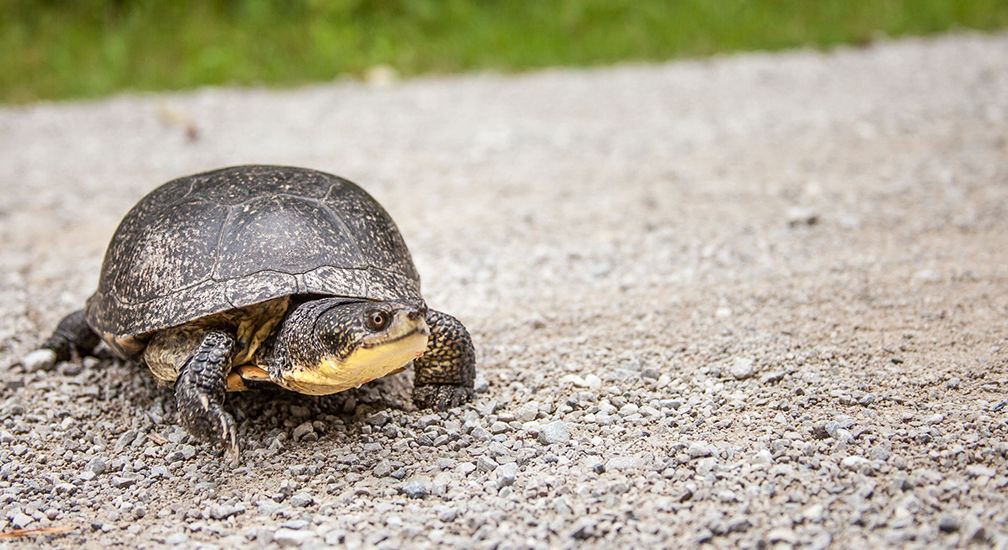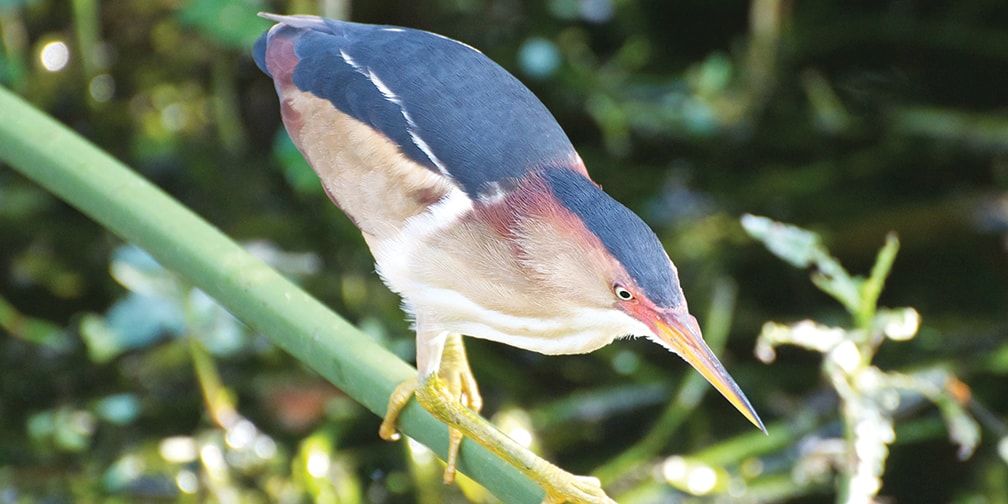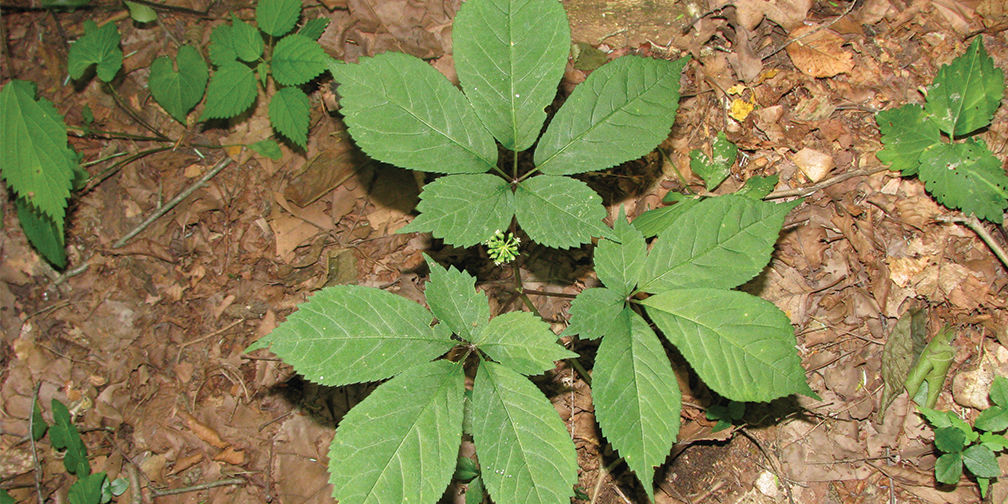Ontario Nature Blog
Receive email alerts about breaking conservation
and environmental news.
© Lora Denis
Barn owl © Glen Gaffney
The provincial government is proposing a new approach to getting species off the Species at Risk in Ontario (SARO) list. And it’s not by addressing threats, preventing further declines or implementing recovery measures. Nothing that involves real, on-the-ground improvements. Rather, it would simply require basing species assessments on how our most vulnerable plants and animals are doing outside Ontario, not here at home.

This new approach to listing is just one of the many disturbing changes the government intends to make to Ontario’s Endangered Species Act, 2007 (ESA). Like the other proposed amendments, it’s bound to please developers and industry players looking for ways to circumvent the law’s protective measures. Strangely though, I have recently learned that it holds some appeal even for people in the conservation field who would prefer that recovery efforts be focused only on globally imperiled species.
I strongly disagree this perspective, and here’s why…
1. Over 100 species on the SARO list could be removed and no longer considered ‘at risk.’ Many others could be down-listed from threatened or endangered to special concern. In either case, most of the species currently recognized as threatened and endangered in Ontario – and their habitats – might no longer be protected under the ESA.
Take for example our turtle species, all of which are on the SARO list. Based on their global rankings (Natureserve), the wood turtle could well be down-listed to special concern (and consequently no longer protected from harm or habitat destruction) while the spiny softshell, spotted, Blanding’s, snapping, musk, eastern box and northern map turtles could all be removed from the list entirely. The government could be sentencing an entire order of animals to continued decline.

2. Most of our at-risk species are concentrated in southern Ontario, the most heavily developed and populated part of the province. The proposed change could open the floodgates to further loss and degradation of the region’s remaining woodlands, wetlands, streams and shorelines. Many threatened and endangered species serve as umbrella species for others insofar as protecting their habitats helps other species using the same habitats. We could lose one of our most effective legal tools for protecting entire natural communities.
An example is the least bittern. Currently listed as threatened, this bird often stands in the way of development approvals in wetlands, benefiting many other wetland inhabitants at the same time, from frogs, fish and dragonflies to muskrats, rare orchids and black terns. Removing the least bittern from the SARO list would mean one fewer lines of defence for these other species.

3. Most of the plants and animals affected are ‘edge of range’ species at their northern limit in Canada. Edge of range species generally are considered important in conservation efforts, particularly in an era of climate change. They may be better adapted to extreme climates than core populations or may have other characteristics that will facilitate adaptation. Excluding them from protection could result in a significant loss of genetic diversity and reduce the ability of species to persist, for example through geographic range shifts.
4. Many of these species are also important culturally, socially or economically. Their continued decline or disappearance from Ontario could be deeply felt by communities and individuals across the province. Take for example American ginseng, a treasured medicinal plant that inhabits the rich, mature deciduous woodlands of southern Ontario. Though legally cultivated, very few viable wild populations remain in Ontario. Under the new rules it could potentially be down-listed to special concern, as its global status is vulnerable. Wild populations would then be subject to harvesting, a primary driver of its decline.

5. The proposed approach would prevent new listings of and thus legal protections for species that are in trouble in Ontario.
For example, a recent study indicates that the American bumble bee is in drastic decline in Canada. Not yet listed in Ontario, its global status is vulnerable, which means it could be listed only as special concern when it is assessed by Committee on the Status of Species at Risk in Ontario (COSSARO). In that case, it would have no legal protection under the amended ESA.
I, for one, don’t believe it’s acceptable to sacrifice species in Ontario just because they’re doing better elsewhere. We must not allow the government to wipe its hands of responsibility for our fellow creatures in need and precipitate their disappearance from our province.

Proposed 413 Route, Old School Road with farm and escarpment view © Noah Cole
Save our endangered Species. Education versus Extinction.
I love animals. I love nature, and our one planet.
This is what happens when a majority government feels it’s power. Power corrupts and absolute power corrupts absolutely.
It’s more important to save all species at risk than having a beer at 9:00 am, what’s wrong with that, let’s get to some real issues, start addressing the homeless and starving in our own country or province.
Do the right thing.
The thing that defines Canada is wild spaces and the species that live in them.
There are lots of opportunities for development that don’t include loss of habitat, vegetation and animals.
This is an egregious error.
Lots of things are more important than the dollars wasted on CEO’s ridiculous salaries like nature.
The pace of extinction is frightening, as is the ignorance of those in government.
Keep the flame alive. Doing the best I can to cherish the lakeside daisies, the dwarf lake irises and all the other species at risk on the ontario nature reserves on the bruce peninsula.
Always room elsewhere – Pass the buck. Make it someone else problems.
A new use for NIMBY?
Species At Risk? Not In My Back Yard – No, I made sure to Exterminate all the brutes! (i.e. Mistah Kurtz’ final words from the heart of darkness).
SAR and Endangered Species Act tis just an ineffective regulatory burden on the path to prosperity. Its not like the UN is saying like a million or so species are at risk of extinction…oh wait.
Maybe all the policy makers, developers, scientists and squares should visit Denver for a legally induced trip into that hard to explain realm where we are all connected…possibly shift their empirical view.
It is distressing. I don’t think the people of Ontario support this loss of their wildlife and biodiversity.